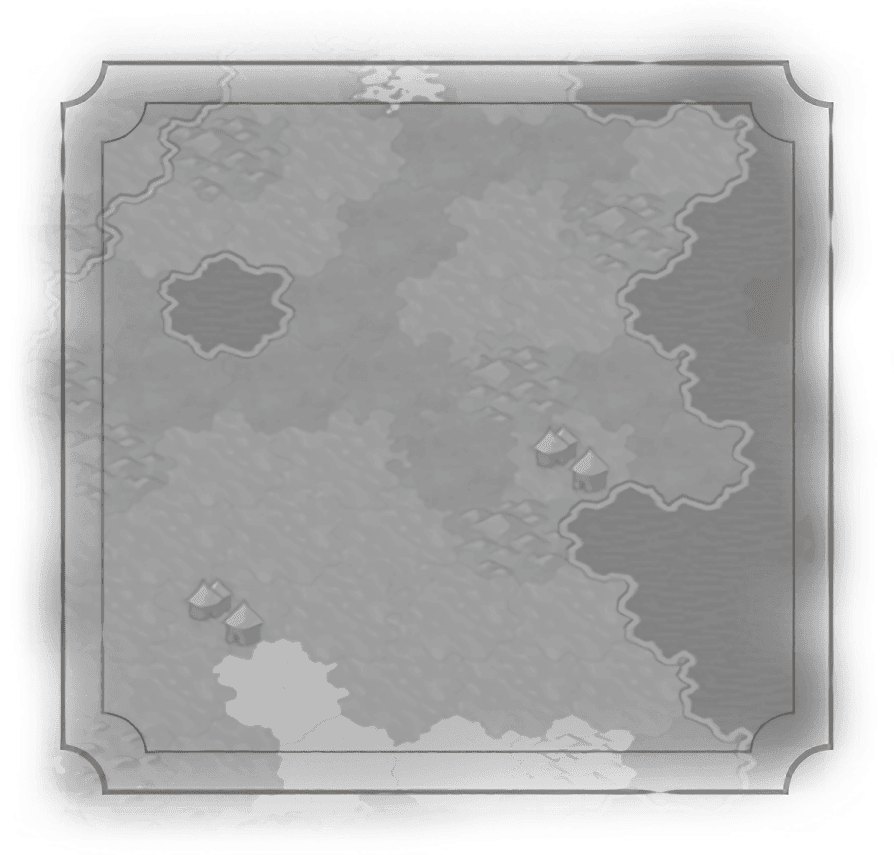

Silver
Historical Context
Malleable and shiny, silver has lured prospectors and thieves alike for at least 6000 years, since it was first mined in Asia Minor and several Aegean islands. Roman currency was based on silver, and Roman mining (mostly done by slaves) produced silver on an as-yet unprecedented scale. Chinese dynasties too used silver as their medium of exchange, minting it into coins to pay off their debts to the colonial powers. In the New World, the Spanish Cerro de Potosi was history’s largest silver mine, and the Comstock Lode brought thousands west to Nevada. All of which made Judas Iscariot’s 30 pieces of silver seem a pittance.

Traits
Luxury
+3  Gold
Gold
 Gold
Gold+4 Amenities (1 per city)
Amenities (1 per city)
 Amenities (1 per city)
Amenities (1 per city)
Historical Context
Malleable and shiny, silver has lured prospectors and thieves alike for at least 6000 years, since it was first mined in Asia Minor and several Aegean islands. Roman currency was based on silver, and Roman mining (mostly done by slaves) produced silver on an as-yet unprecedented scale. Chinese dynasties too used silver as their medium of exchange, minting it into coins to pay off their debts to the colonial powers. In the New World, the Spanish Cerro de Potosi was history’s largest silver mine, and the Comstock Lode brought thousands west to Nevada. All of which made Judas Iscariot’s 30 pieces of silver seem a pittance.
Traits
Luxury
+3  Gold
Gold
 Gold
Gold+4 Amenities (1 per city)
Amenities (1 per city)
 Amenities (1 per city)
Amenities (1 per city)


